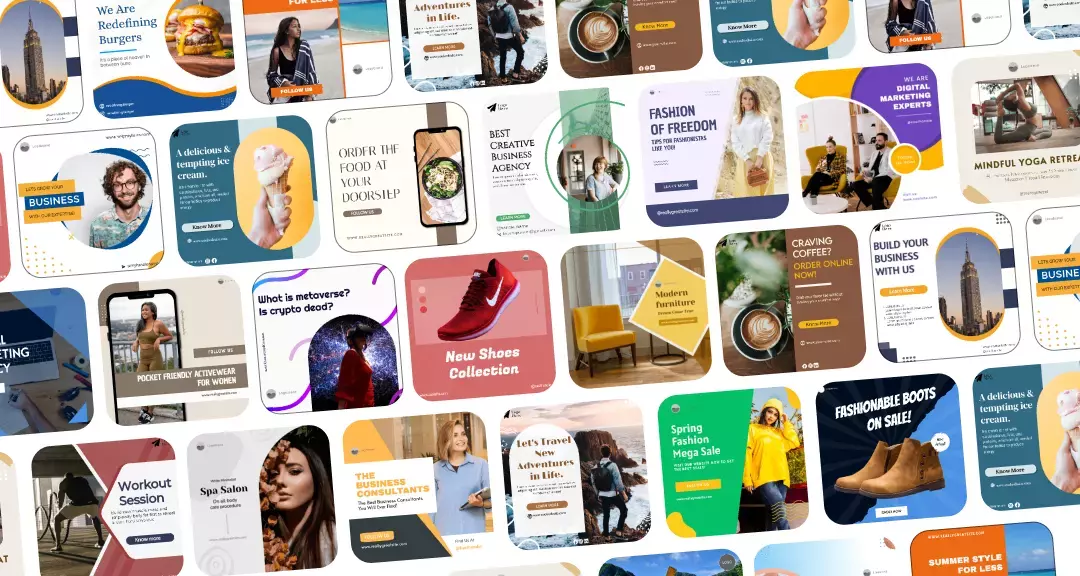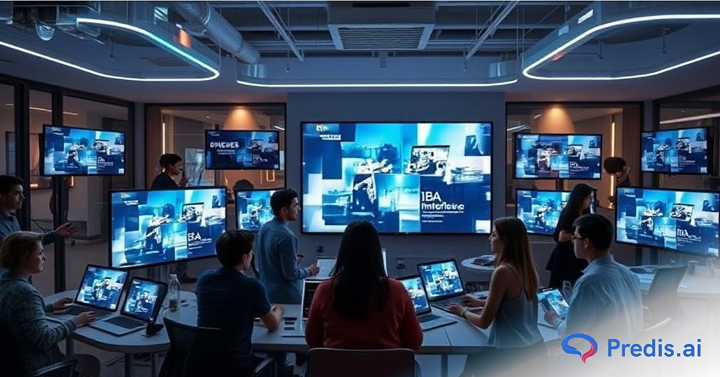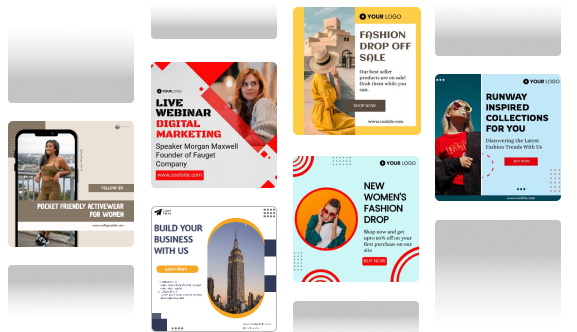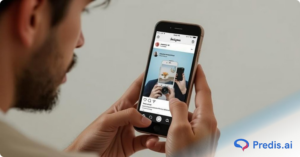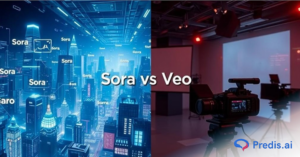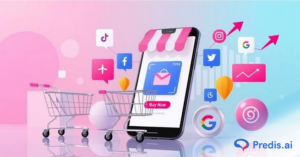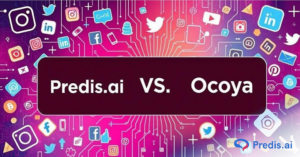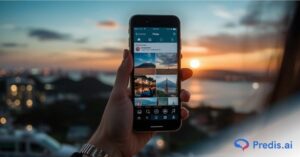Video is what marketing is all about these days. Agencies are under a lot of pressure to deliver more video content than ever, but they don’t want to go over budget or miss deadlines. The video content could be anything from social media reels to client pitches and training lessons. This is where AI movie making for businesses comes in. It’s not just a trend; it’s a huge change that helps creative teams make more videos in less time while keeping the quality and brand consistency high. This guide looks at how AI video generation is used for agencies to make videos that help them produce more creative work. You will learn the best ways to scale, how to use AI in your work, what tools to think about, and how to measure success.
Why Does AI Video Generation Matter for Agencies?
Video is the type of online content that is growing the fastest. But traditional production methods often fail to keep up with demand. A lot of the time, agencies have to work with short deadlines, make the same changes over and over, and make hundreds of different versions of content for different platforms and audiences.
That changes with AI video generation. Now that automation handles scripting, avatar creation, text-to-video rendering, and voice synthesis, companies can:
- Automation can cut the time it takes to make something by up to 80%.
- Cut back on the money you spend on actors, shooting, and editing.
- Make sure that all ads and languages are the same.
- Customize content for large groups of people.
In short, AI video generation helps businesses get more done with less money, without giving up their innovation or control over their brand.
Four Scaling Models for Agencies
The demands of various agencies are diverse. One or more of these scaling models might be more suited to your needs, depending on the kind of clients and campaigns you manage.
1. Template-Driven Production
Social advertisements, explainers, and promotional videos are all examples of recurrent material that this approach uses pre-defined templates for. By simply modifying the text, images, or voiceovers in pre-made, brand-aligned templates, a creative team may produce a seemingly endless number of video variations.
Benefits:
- Quick turnaround for campaigns that require attention to detail.
- All platforms should have the same branding.
- Updating it when brand standards change becomes effortless
2. Modular Asset Pipelines
Agencies build modular elements – like call-to-action sections, transitions, and intros and reuse them across projects instead of creating each video from scratch. AI tools like Predis.ai then automatically assemble these modules into complete videos.

Benefits:
- Lessens weariness from creativity.
- Maintains the visual coherence of videos.
- Accelerates the processes of review and editing.
3. Hybrid Human + AI Studios
This paradigm is based on the idea that AI can be used to carry out human ideas. The writers and designers decide how the story, tone, and style will go throughout the production process. The AI tools take care of repetitive or technical tasks.
Benefits:
- One of the perks is that you may keep creative control.
- This lets people focus on telling stories.
- Lets you come up with new ideas while keeping an eye on quality.
4. Personalization Engines
AI videos make it possible for agencies to make personalized videos for each lead or customer. This is fantastic for campaigns like onboarding, sales, or keeping clients.
Benefits:
- Increases conversion and engagement rates.
- Gives direct input into email operations and customer relationship management (CRM).
- A lot of people show brand empathy.
The Step-by-Step Playbook for Scaling with AI
Building a scalable AI video generation process isn’t about getting rid of your creative team; it’s about giving them more power. Here is a plan to follow:
Step 1: Audit Existing Assets
First, take a look at how much video you’re making, what kinds of content you’re making, and where the problems are. Figure out whether script writing, editing, translation, or rendering are the tasks that could be automated to save the most time.
Step 2: Create a Brand Video System
Set the movie language for your brand. Set rules for fonts, color schemes, music styles, pace, and tone. This foundation makes sure that videos made by AI are a great fit for your client’s brand.
Step 3: Choose the Right AI Tools
Find platforms that fit your artistic goals and the way your computer is set up. Look at things like quality, scale, cost model, and how easy it is to integrate.
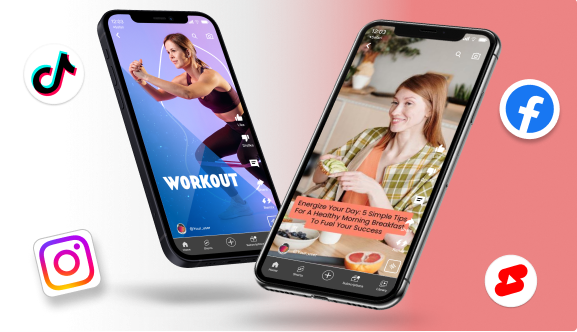
Step 4: Assign Roles and Responsibilities
A scalable AI video operation works best when jobs are clearly defined:
- Lead artistic work and decide what to make.
- AI Producer takes care of themes and automation.
- Prompt Engineer: Makes AI suggestions and makes them better.
- The QA specialist is in charge of quality control.
- Developers and integrators work with APIs and automate tasks.
Step 5: Establish Governance
AI tools should make people more creative, not hurt their image.
- Make clear rules about how to use data and follow copyright laws.
- Disclosure of content made by AI.
- Use of avatars and speech in a moral way.
Key Factors When Choosing AI Video Tools
Your automation pipeline’s success depends on the platform you use. When assessing AI video generation technologies for agencies, consider these crucial areas:
Output Quality
Ensure that the platform supports high-definition renders and various aspect ratios, particularly vertical and square formats for social media.
Speed and Cost Model
Learn how pricing works. Some platforms charge per video minute, while others provide bulk rendering credits.
Localization
Look for multilingual capabilities, including high-quality text-to-speech and automatic subtitle production.
Integration Capabilities
Check for APIs and integrations to your current tools, such as CRMs, ad platforms, and project management systems.
Security & Compliance
Your client information must stay secure. Validate GDPR compliance, data encryption, and content ownership terms.
Templates and Prompt Patterns
Prompt writing is the same as copywriting. To keep brand consistency, develop structured prompt templates that include tone, emotion, and pacing instructions.
Here is an example of a prompt pattern for a promotional video:
Make a 30-second happy movie about [Product Name] using uplifting music, a confident voice, and the brand colors [X, Y, Z]. “Try it now” should be the last thing you say.
You can change these patterns to fit your needs, like for tutorials, product launches, testimonials, or training for your own staff.
Building Your Tech Stack and Workflow
AI tools are built right into a current agency’s tech stack. Here is a simplified version of a workflow:
- Creative Brief: Saved in a place where people can work together, like Notion or Miro.
- Script Generation: Tools that use AI to write or improve scripts.
- Making Videos: An AI video creator turns scripts into videos.
- Editing and Quality Assurance: A human review makes sure that the work is correct and shows feeling.
- Publishing: Uploading automatically to social or ad networks is called publishing.
- Analytics: Information about performance is used to help with creative planning.
Automation tools, such as Predis.ai, Zapier or Make, can link these steps together without any help from a person. As a result? More quickly and with fewer mistakes made by people.
Quality Control and Creative Review
Low standards don’t mean raising production levels. When agencies get AI films, they need to make sure they are of high quality.
Automated Checks
AI can help you find common problems like missing comments, wrong brand colors, or footage with an odd aspect ratio.
Human Review
Use an approach for sampling. Some videos from each batch should be looked over to make sure they follow brand standards for tone, message, and visuals.
Feedback Loops
In order for future videos to keep getting better, keep comments in your template library.
Measuring Impact
For companies to show ROI, they need KPIs that show how AI video generation boosts performance and productivity.
Efficiency KPIs
- First-draft time: How quickly can your team make a picture that can be used?
- Costs per video: How much they were before and after AI.
- Output volume: Monthly videos are delivered as output.
Performance KPIs
- Engagement: Keep track of comments, likes, and views.
- Conversion rate: A look at how well AI videos work in marketing.
- Localization efficiency: Versions in multiple languages come out faster.
Keep an eye on speed and find problems with dashboards.
Managing Risk, Ethics, and Legal Concerns
Making videos with AI brings up new legal and moral issues. The following things must be covered in agency policies:
- Copyright: Make sure you own all the rights to the images, songs, and scripts.
- Likeness and consent: Get permission for any sounds or likenesses that were made by AI.
- Disclosure: Be clear when videos are made by AI.
- Bias and fairness: Check images or scripts made by AI for bias that wasn’t meant to be there.
By setting these rules early on, agencies protect their clients’ identities and build trust.
Real-World Use Cases
1. Media company turning stories into social-video reels
The media group Funke Mediengruppe built a tool that allows journalists to turn existing written stories into short video reels for social media.

- What they did: A journalist selects a template, pastes in text, uploads images/videos, picks AI narration voice, then the system generates the final video with tone/voice/music.
- Results: They dramatically reduced time and effort needed to convert stories into video content, and extended reach into younger social-media audiences.
- Agency takeaway: Agencies servicing publishers or content-heavy clients can replicate this model: build video templates + automate video generation for blog-to-video, article-to-reel workflows — thereby scaling creative output dramatically.
2. Real-estate marketing with AI-generated property tours
A case study described by Leyline Pro shows a real-estate firm using AI video generation (via tools like Runway / Synthesia) to turn property photos, floor-plans and descriptions into narrated, polished walkthrough videos.
- What they did: Instead of filming on-site with videographers for each property, they input existing assets and used AI to produce dynamic video tours, including voiceover and transitions.
- Results: They achieved ~50% reduction in marketing turnaround time and ~30% increase in online property engagement.
- Agency takeaway: For agencies serving sectors like real-estate, retail or product-catalogue marketing, AI video generation enables scaling up visually engaging content with existing asset libraries, rather than always needing fresh shoots.
Roadmap: From Pilot to Full-Scale Adoption
Transitioning to an AI-first video process works best in stages.
1. Phase 1: Pilot (0–90 Days)
- Test 1–2 tools.
- Create small-scale projects.
- Measure time and cost savings.
2. Phase 2: Scale (3–6 Months)
- Build branded templates.
- Automate routine workflows.
- Train internal teams.
3. Phase 3: Mature (6–12 Months)
- Integrate into all client projects.
- Refine QA and reporting frameworks.
- Evaluate new AI models for expansion.
A structured roadmap ensures steady progress without overwhelming teams.
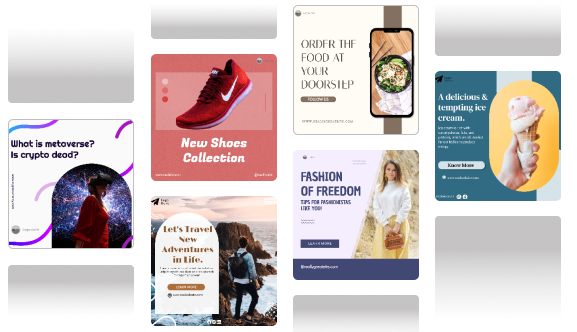
Final Checklist for Agencies
Before you make AI make more videos, make sure of these things:
- The brand rules have been digitized and are now ready to be automated.
- There are templates for popular types of content.
- Your team has trained AI and creative people.
- Rules for quality and control are written down.
- KPIs are well-defined and kept track of.
- The tools work with the environment you already have.
- Clients are told about processes that use AI.
When these things work together, companies can be sure they’re making high-quality videos faster, smarter, and in larger quantities.
Conclusion
If businesses want to keep up with the growing demand for videos, they have no choice but to use AI to make videos. When agencies employ both human creativity and machine precision, they can do more creative work, make sure the outputs are always the same, and go even further with personalization.
To use a strategy properly, you need to use the right tools, make sure the processes are clear, and always put creativity at the center of every endeavor. Agencies that can achieve this balance will not only be able to meet the needs of their clients, but they will also set new norms for how quickly and creatively they can operate.
Agencies that adopt AI video generation for agencies not only streamline production but also unlock new creative possibilities and gain a lasting competitive edge.
FAQs
Not at all. AI video generation boosts creativity by taking over boring production tasks so your team can focus on strategy, stories, and new ideas.
In your AI tools, use locked brand templates, color palettes, and tone-of-voice standards. Automated QA checks should be used along with human review.
Prices are different for each app. Some charge by the minute for video, while others give you points every month. Most agencies, though, say that costs are 40–70% lower than with traditional output.
